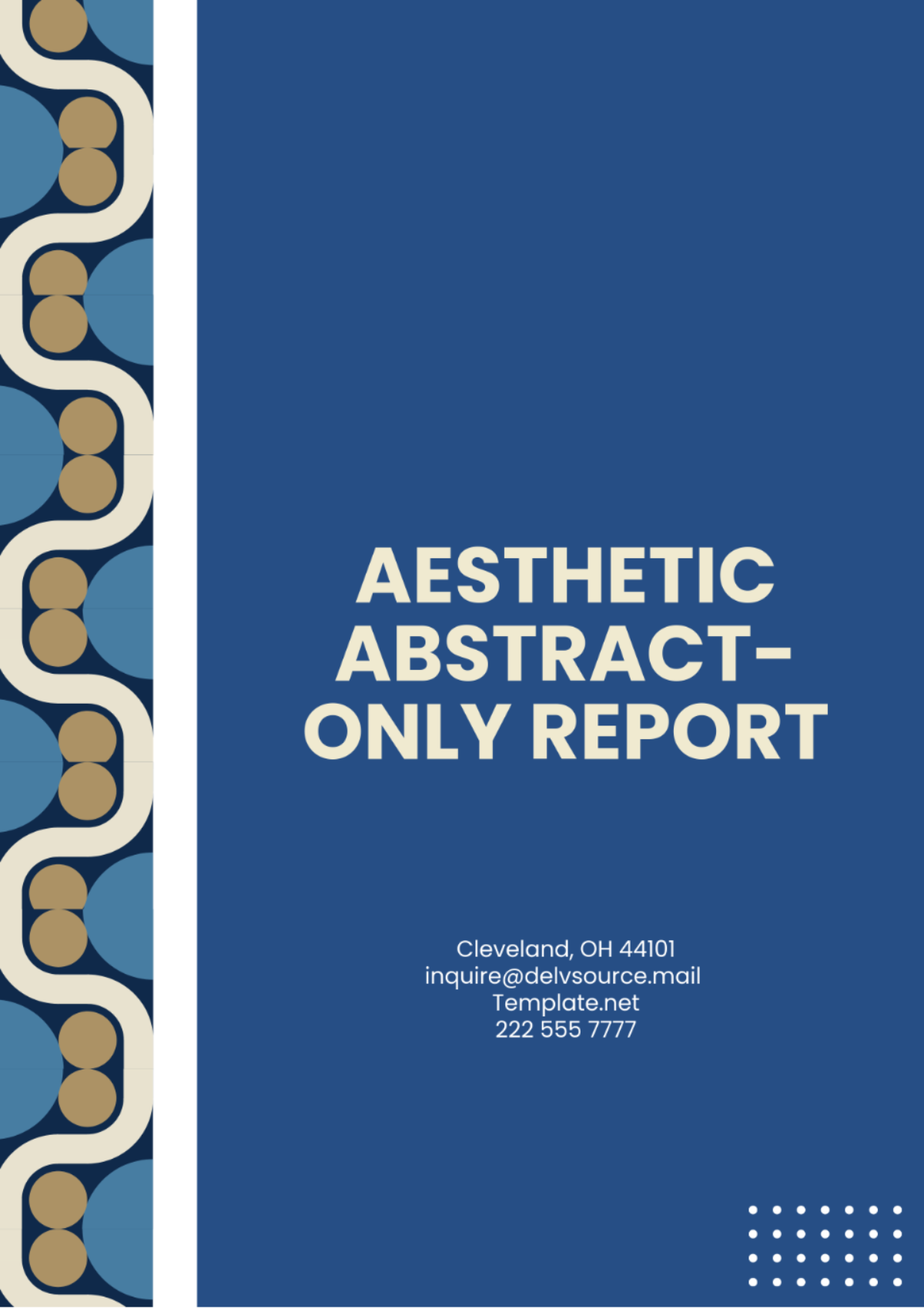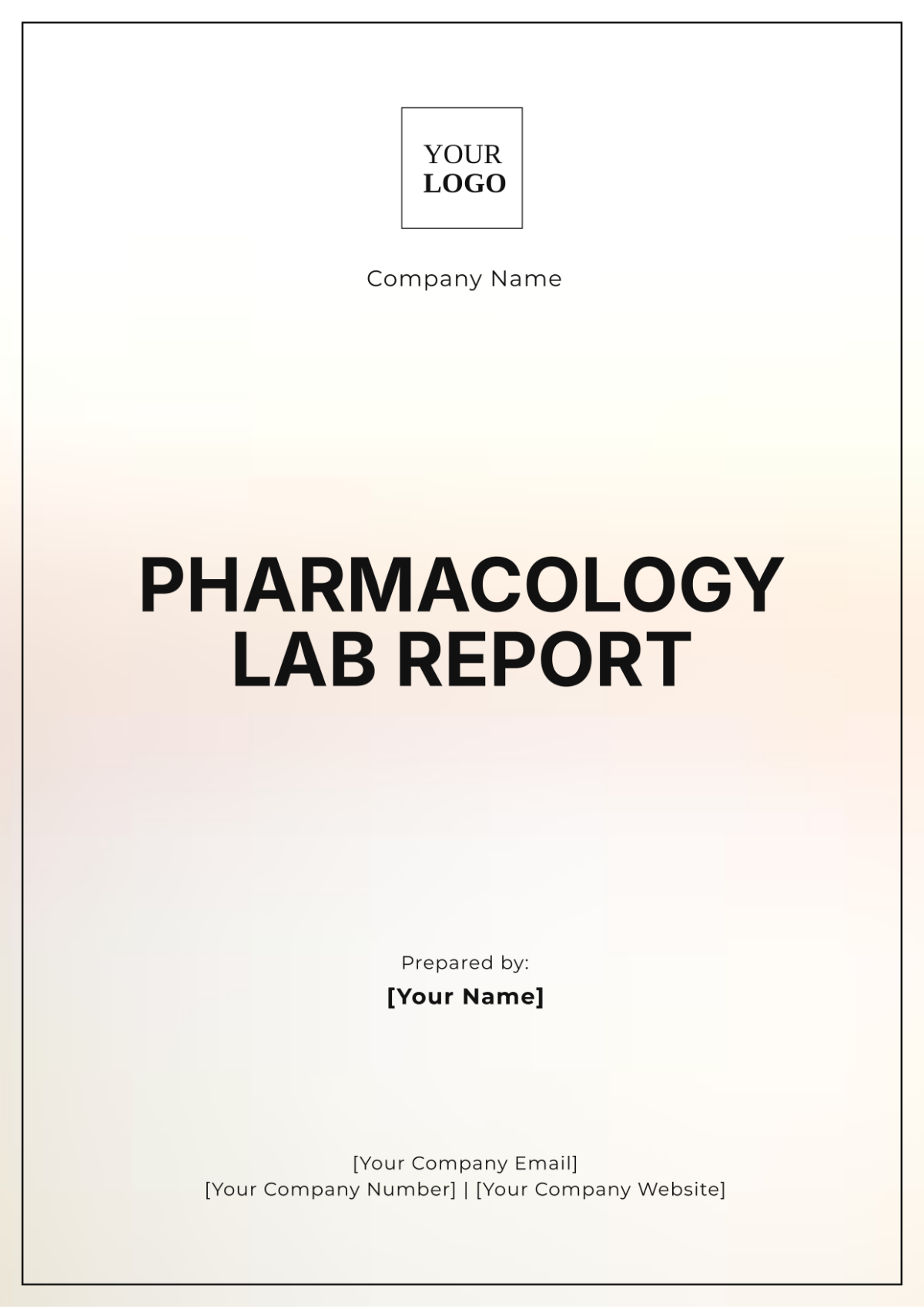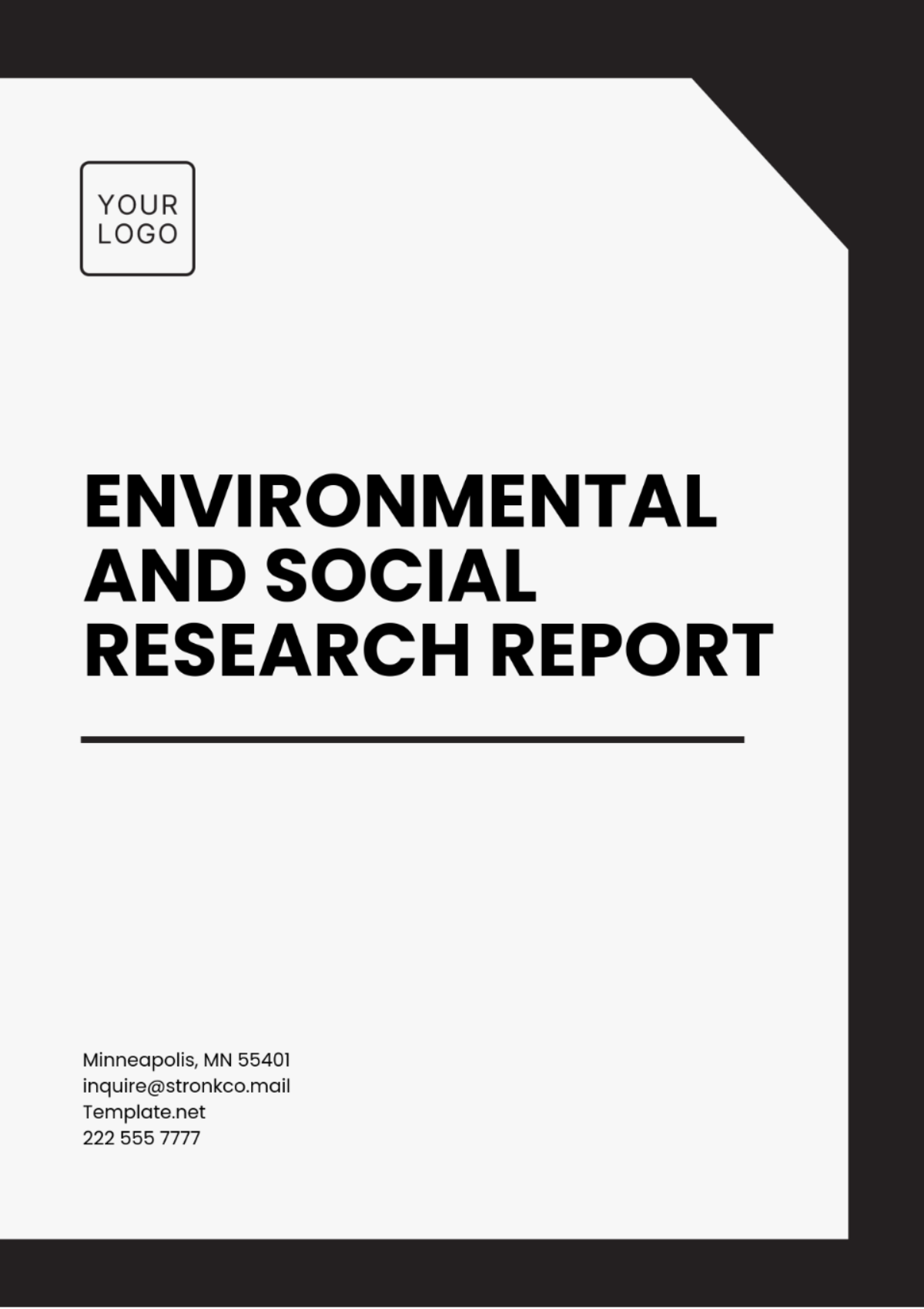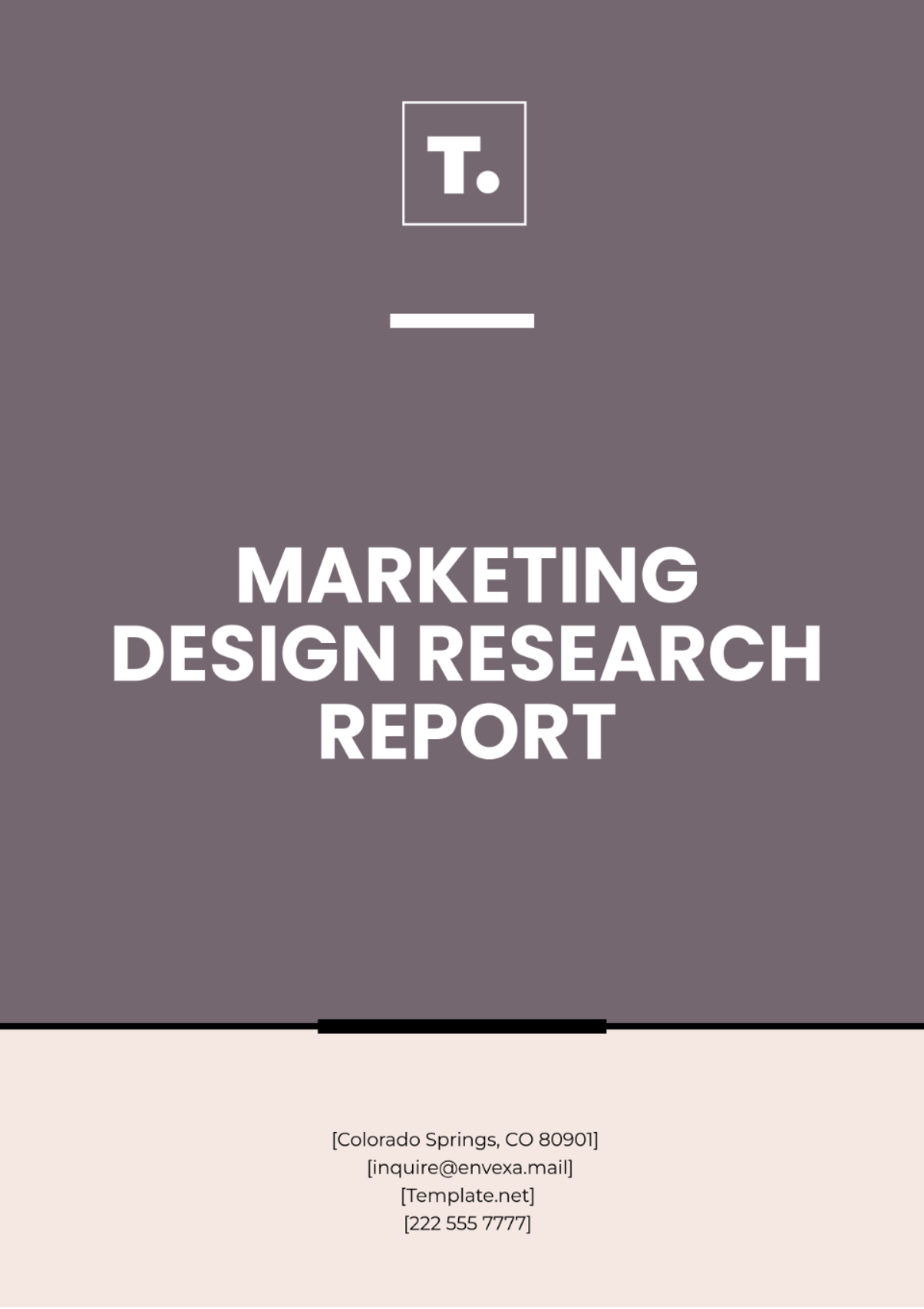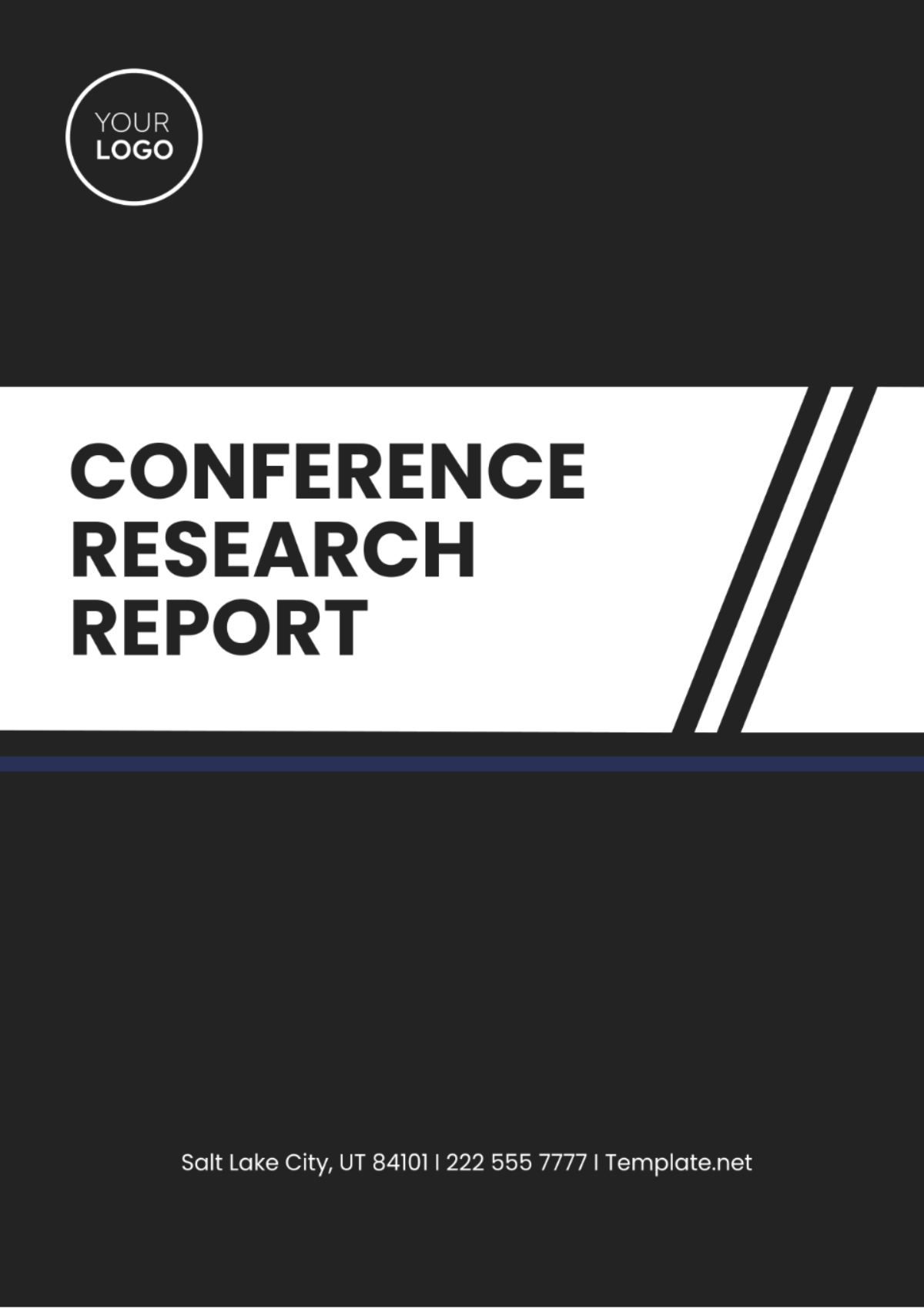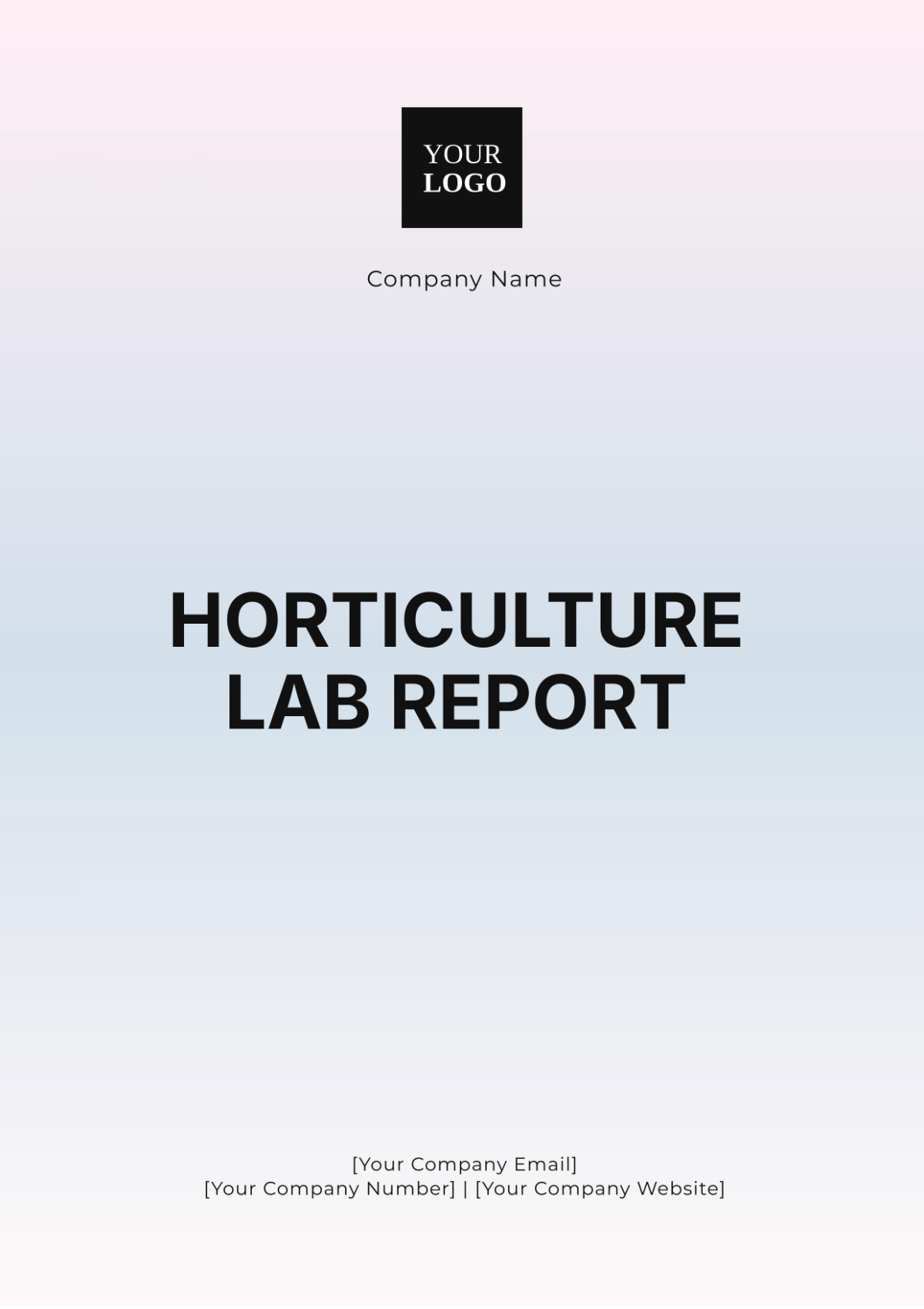Materials Science Lab Report
Prepared by: [YOUR NAME]
Date: [DATE]
I. Introduction
In this Materials Science Lab Report, we present the findings from several experiments conducted to understand the properties, behavior, and possible applications of various materials tested in the laboratory. The core objective is to analyze these materials under specific conditions and derive insights that enable practical applications in real-world scenarios. This report is structured to cover the materials used, experimental procedures, results, discussions, and conclusions.
II. Materials and Methods
A. Materials
The following materials were tested in this lab:
Aluminum (Al)
Copper (Cu)
Polymethyl Methacrylate (PMMA)
High-density Polyethylene (HDPE)
B. Equipment
The equipment utilized for the experiments included:
Universal Testing Machine (UTM)
Microscope
Vickers Hardness Tester
Thermal Conductivity Apparatus
C. Experimental Procedure
The experiments were designed to evaluate different properties such as tensile strength, hardness, and thermal conductivity. The procedures followed are detailed below:
Tensile Strength Test
Tensile tests were performed using the Universal Testing Machine. The samples were prepared to standard dimensions and the force was applied until the specimen fractured.
Hardness Test
The Vickers Hardness Test was conducted to measure the hardness of the metals and polymers. A diamond indenter was pressed into the surface of the material and the size of the indentation was measured.
Thermal Conductivity Test
Thermal conductivity was measured using a specialized apparatus. The materials were subjected to a heat flux and the temperature difference across the sample was recorded.
III. Results
A. Tensile Strength
Material | Ultimate Tensile Strength (MPa) | Yield Strength (MPa) | Elongation (%) |
|---|---|---|---|
Aluminum | 310 | 270 | 12 |
Copper | 210 | 160 | 15 |
PMMA | 70 | 65 | 8 |
HDPE | 35 | 30 | 500 |
B. Hardness
Material | Vickers Hardness (HV) |
|---|---|
Aluminum | 95 |
Copper | 65 |
PMMA | 20 |
HDPE | 8 |
C. Thermal Conductivity
Material | Thermal Conductivity (W/m·K) |
|---|---|
Aluminum | 237 |
Copper | 401 |
PMMA | 0.19 |
HDPE | 0.44 |
IV. Discussion
The results from the experiments indicate notable differences in the properties of the materials tested. These differences are critical in determining the appropriate applications for each material. For instance:
Aluminum demonstrated a high tensile strength and hardness, making it suitable for structural applications, such as in the aerospace and automotive industries.
Copper, with its exceptional thermal conductivity and good tensile properties, is well-suited for electrical and thermal systems.
PMMA, known for its clarity and moderate strength, is often used in optical applications such as lenses and light covers.
HDPE showed significant ductility and reasonable thermal conductivity, indicating its suitability for packaging and pipe manufacturing.
V. Conclusion
In summary, the experiments performed provide a comprehensive assessment of the mechanical and thermal properties of Aluminum, Copper, PMMA, and HDPE. Each material exhibited unique characteristics that make them suitable for specific applications. The data gathered will aid in making informed decisions in various engineering designs and applications.








